When talking to someone on your headset, your voice comes back to you through your earpiece. It can be alarming, but it’s really because of a device known as bone conduction technology. Here’s more on why can I hear myself in my headset and how this technology allows you to converse hands-free?
If you’ve ever been on the phone and heard your voice in your ears while speaking, you’ll understand how it feels to have feedback in your headphones. Have you ever wondered why can I hear myself in my headset? No? Don’t worry, this article will instruct you on everything you need to know.
Everyone appears to use headphones these days, whether they’re working out, watching TV, listening to music, or even conversing on the phone. The ASTRO Gaming A40 TR headsets are now the most popular. When you’re providing directions over Skype or FaceTime or attempting to listen to someone in another nation, the last thing you want to hear in your ear is your own muted tones repeated repeatedly!
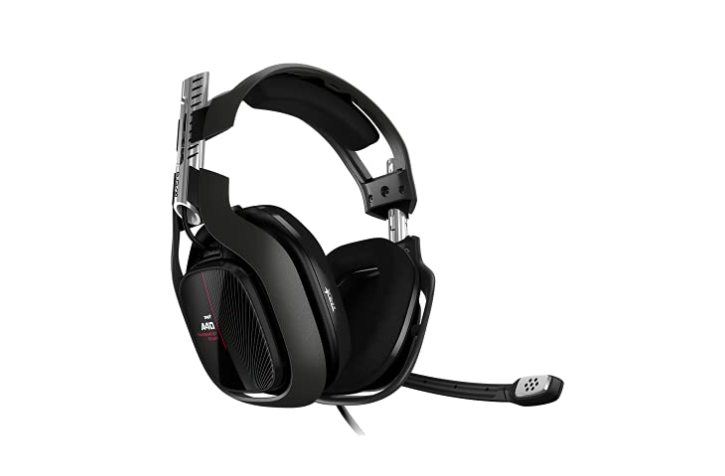
Headsets allow you to efficiently communicate with a responsible party or attend to your preferred content. However, you hear yourself in your headset for various reasons, which is the absolute last thing you want to happen. The good news is that you can rapidly troubleshoot and resolve most of these situations.
Why Am I Able To Hear Myself Through My Headset?
For various reasons, you may be hearing yourself in your headset. There’s a massive problem with your microphone if you set it to “listen to this device” in your settings.
You will hear a portion of your voice on the headset to gauge how loud you will sound to others. This process may take a little longer, depending on your internet connection and tools.
1 – The headphone
The voice received through the microphone is played back through headphones. In most cases, it returned the signal immediately. However, there may be some delay. Listen and unmark “listen to this device” in the microphone properties, then fix this.
2 – Speakers of Others
The most basic and common source of an echo isn’t even your microphone. If the individuals you’re talking to have microphones and are listening to you through speakers, their microphones can pick up the sound from their speakers and broadcast it back to you. A simple test asks your buddies to switch off their speakers for a few moments. If your friends’ speakers are the source of the problem, ask them to move away from them, turn down the level, or wear headphones instead.
3 – Sound Reverberation
When you talk into the microphone, all of your voice’s sound will reflect off of any surface and return to the source of the sound, and you will hear the reflection of what you say. The only way to remove sound reflection is to get acoustic treatment, but noise-canceling headphones will do the trick if you want to stop hearing your voice. Using these headphones, you can listen to whatever you’re listening to without being bothered by other sounds in the room.
4 – Microphone Monitor
Some headsets intentionally send some of the user’s audio back to the headset to help them understand how loud they will sound to others. Depending on your Internet connection and the apps you’re using, there may be a short delay between your speaking and the sound being played back. Return to your headset’s Microphone Properties window as explained in the last step. Make sure the check box next to “Listen to this device” is left blank on the “Listen” tab. If the check box is clear, uncheck it by clicking the box once, clicking “Apply,” and dismissing the window.
5 – Boosting the Microphone
According to Microsoft, some sound cards use a Windows function known as “Microphone Boost,” which can generate an echo. Return to the Sound window as explained in the last section to disable the setting. Right-click on your headset and select “Properties” from the “Recording” menu. Go to the “Levels” tab in the Microphone Properties box and uncheck the “Microphone Boost” tab. Close the window after clicking “Apply.”
6 – Other GADGETS
You may have turned on one recording device. It built a microphone into many laptops and webcams. An echo effect can occur if your computer is simultaneously using your headphones and another recording device.
You can disable other recording devices by clicking the Start button, then clicking Hardware and Sound, then clicking Sound. In the pop-up box, select the “Recording” tab. Select “Disable” from the pop-up option if any of the instruments mentioned are not your headset.
7 – Other Alternatives
Headphones can occasionally cause serious issues. Try updating the drivers to ensure it’s not a software issue. If the problem persists, cleaning all ports and connections could be a connection problem. You might try connecting the headset to a different computer or laptop to see if the issue is with the connectors. If the problem persists across all devices, you should contact customer service or purchase new headphones.
8 – There’s No Bluetooth Connection
If you have a wireless Bluetooth headset, it may have multiple switches labeled a/b/c or something similar. Find the controls and try to connect them till you succeed.
9 – You Only Hear With One Ear
If the cable is not correctly plucked, it is usually half-plugged, and all you need to do is push it. Unplug the cable, inspect the connector for damage or breakage, clean it with a cloth, and reconnect it.
If you still only hear sound from one ear, try plugging it into other devices, such as your phone, to check if it’s a computer or headset issue.
10 – On the PC, There Is No Sound
If the speaker symbol in the bottom-right corner of the screen has a cross next to it, the computer does not detect the headphones. It’s frequently a driver issue, which implies the software required for the headphones to work isn’t installed or updated. Typically, headphones function with the pre-installed software on the computer, but some may require additional software.
Look for upgrades to your computer audio software by searching for your computer’s or laptop’s model. I once had a problem with a laptop that wouldn’t play a sound because it needed a specific version of the drivers. Because the previous version had issues, this is a rare occurrence, but it does happen; in that case, search for your laptop or computer model and your problem. Hopefully, you’ll find someone who has had the same issue and discovered which version of the driver works.
11 – During a Call, There May Be an Echo or a Delay
When you hear an echo while calling someone and talking on the phone through a headset, one of you has the volume turned up too high. It could be the person you’re talking to, in which case you’ll hear an echo, or it could be the speakers, in which case the sound reflects in other parts of the room, and you’ll hear an echo.
If you don’t use speakers, they reflect the direct sound of your voice in the walls of the room; Noise-canceling headphones or a place with superior acoustics would be beneficial.
12 – You Can’t Hear Anything since There Isn’t Any Audio
You may have disconnected the wire if you hear nothing. Speakers come in gray, black, and orange, while microphones come in pink, DVD players come in blue, and headphones come in green, which is what you want. You may be wearing a Bluetooth headset with a dead battery.
13 – Wireless Connection Issues
Also, if you’re using a wireless or Bluetooth headset, make sure it’s within 30 feet of the wireless receiver for a better connection. Avoid placing the receiver on a metallic surface, as this can cause connection interference.
Why Can I Hear Myself In My Heads- How To Fix It? Easily
Sidetone is sound captured by your headset microphone and played back in real-time into the headset’s speaker(s) as regulated feedback. Simply put, it sounds like you’re hearing yourself through the headset. Most people favor sidetone because it simulates the sensation of chatting on a phone or a landline.
What Is Sidetone and How Does It Work?
You would like to hear yourself over the other person when you’re on the phone. Your microphone isn’t working if you can’t listen to yourself when chatting. You can use this to see if your call is connected or not. You’ll know if it joined your ring before you speak, saving you time and frustration if you’re on the phone for several minutes. Because mobile phones don’t have a sidetone, we can’t know whether a call is active or not. Many landline phones don’t have a sidetone, making it difficult to tell when a call is engaged or has been disconnected.
Anyone who is deaf or hard of hearing needs to be able to hear their voice. When you learn how to add sidetone to your phone, you will be able to improve your phone conversation. Using the appropriate amount of sidetone can help to enhance the quality of the call and ensure a successful conversation.
You may want to briefly enable the sidetone to confirm that your headset’s microphone is operating correctly. Similarly, if you hear sidetone in your headset and don’t want to hear it, you can eliminate it with this approach.
To Enable Sidestone:
- Click Start > Control Panel > Hardware and Sound > Sound to open the Sound window and enable sidetone.
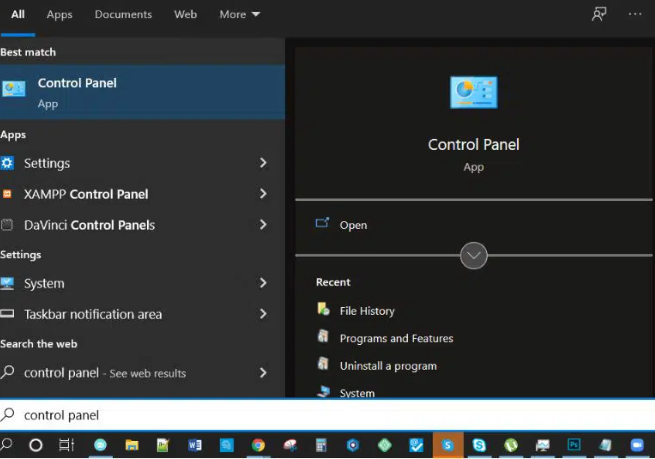
- Press the Recording tab.
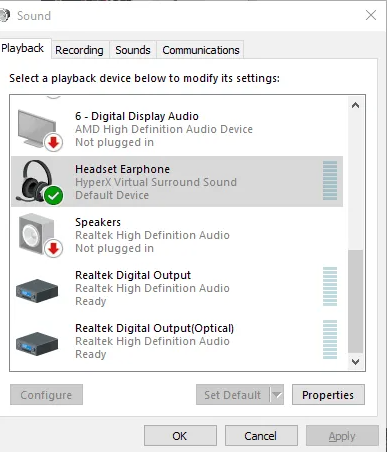
- Click the Properties option after selecting the headset you want to test. The window for Transmit Properties appears.
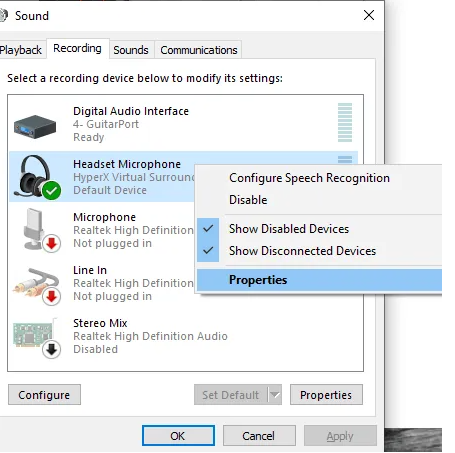
- Select “Listen to this device” from the drop-down menu.
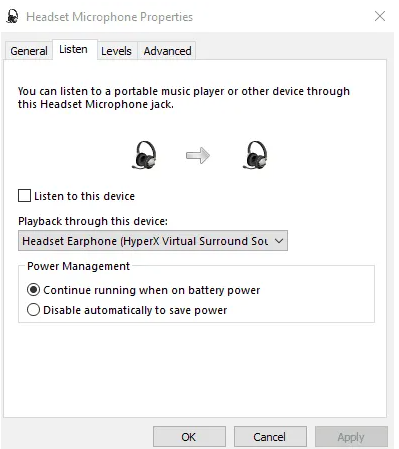
- Click Apply.
To Turn Off the Sidetone, Follow These Steps
- Go to Start > Control Panel > Hardware and Sound > Sound to open the Sound window.
- Navigate to the Recording tab.
- Click the Properties option after selecting the headset you want to test. The window for Transmit Properties appears.
- Uncheck the box that says, “Listen to this device.”
- Press the Apply button.
- Select OK.
- To close the Sound window, click OK.
System Software Should Be Updated
Outdated system software might cause echo troubles on your Razer Kraken. If this is the case, you should update your software, likely curing the problem. Follow the instructions below to upgrade the system software.
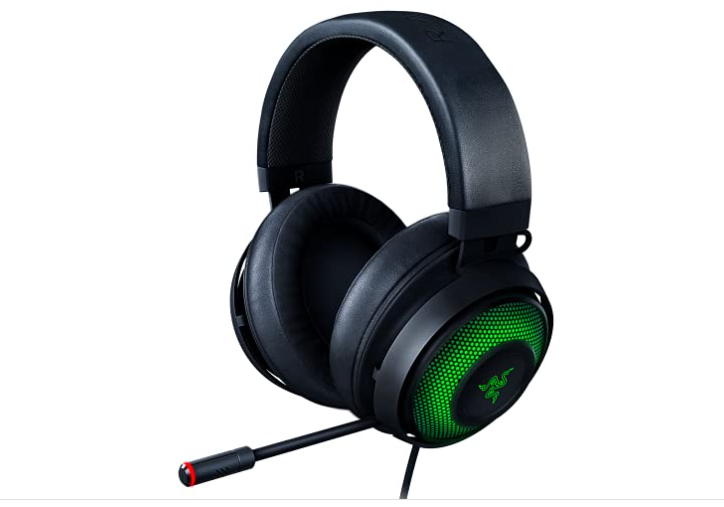
Step 1: To access the function area, use the up button on the Window home screen.
Step 2: Select the Settings option.
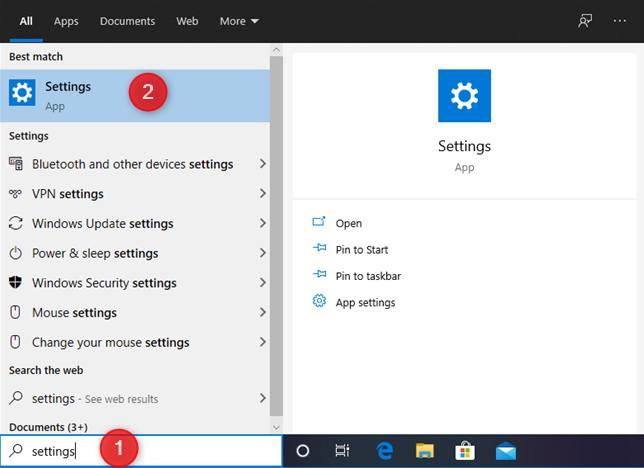
Step 3: Select “System Software Update” from the drop-down menu. To update the software on your system, follow the directions on the screen.
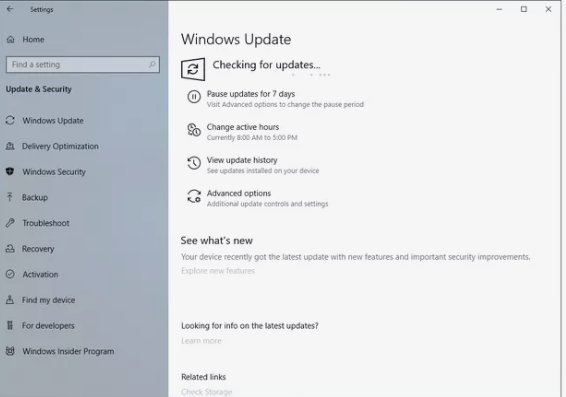
There is a 95 percent likelihood that it will resolve the echo problem on your headset after installing the newest system software on your console system. If the problem persists after installing the most recent software version on your PC, you’ll need to try the steps listed below to resolve the echo issue.
Reinstall the Software as a Last Attempt
If you’ve completed all the above steps–including checking the playback option – it may leave you with only one alternative: reinstalling the software. When software develops a flaw or glitch, there is no way to fix it except remove and reinstall it.
All you have to do now is remove your Game Software. Install the most recent version of the Game Software on your computer after we have deleted it. The setup is automatic, so you have to sit back and wait for it to finish.
It should bring your microphone back to life. If it doesn’t, it’s conceivable that you have a faulty microphone. You’ll need to return it and get a new microphone in that scenario.
Conclusion
Can you hear your voice whether you’re driving or wearing headphones? It may appear obvious, but you may not have noticed if you aren’t aware that you are hearing yourself. So, why can I hear myself in my headset? You can solve most of these problems by changing how you handle particular situations. There are several reasons for this, and fortunately, most can be resolved relatively quickly.
These tips on why can I hear myself in my headset? It will undoubtedly assist you in stopping yourself from hearing yourself and resuming your conversation!
Frequently Asked Questions
What's causing the echoes in my headset?
A: In most cases, the sound from the speakers is reflected, resulting in echoing. A poor-quality headset or one that is too close to the microphone, on the other hand, could be to blame. Additionally, specific settings on the connected device could be out of balance, allowing the sound to reverberate.
What's up with my audio sounding like it's coming from a submarine?
Callers may sound underwater as if the network is either unable to provide sufficient Internet speed or has a loose connection or faulty networking equipment. The following are some of the most common muted audio symptoms: Inbound audio is muffled or sounds as if it’s coming from a tunnel. On both inbound and outbound calls, they turn the audio off.
What gives that I can hear myself on the laptop?
To hear your voice through the speakers, you must enable the “Monitoring” option in Windows. Select the Playback tab, then Speakers, and finally Properties. Under Line In, select the Levels tab, then the Mute button. The mute button, which permits sound to be played through the line-in connection, is seen in this illustration.
